High-Fidelity Prototyping Is De-Risking Every Moonshot
How ProtoPie is meeting skyrocketing demand for high-fidelity prototyping.

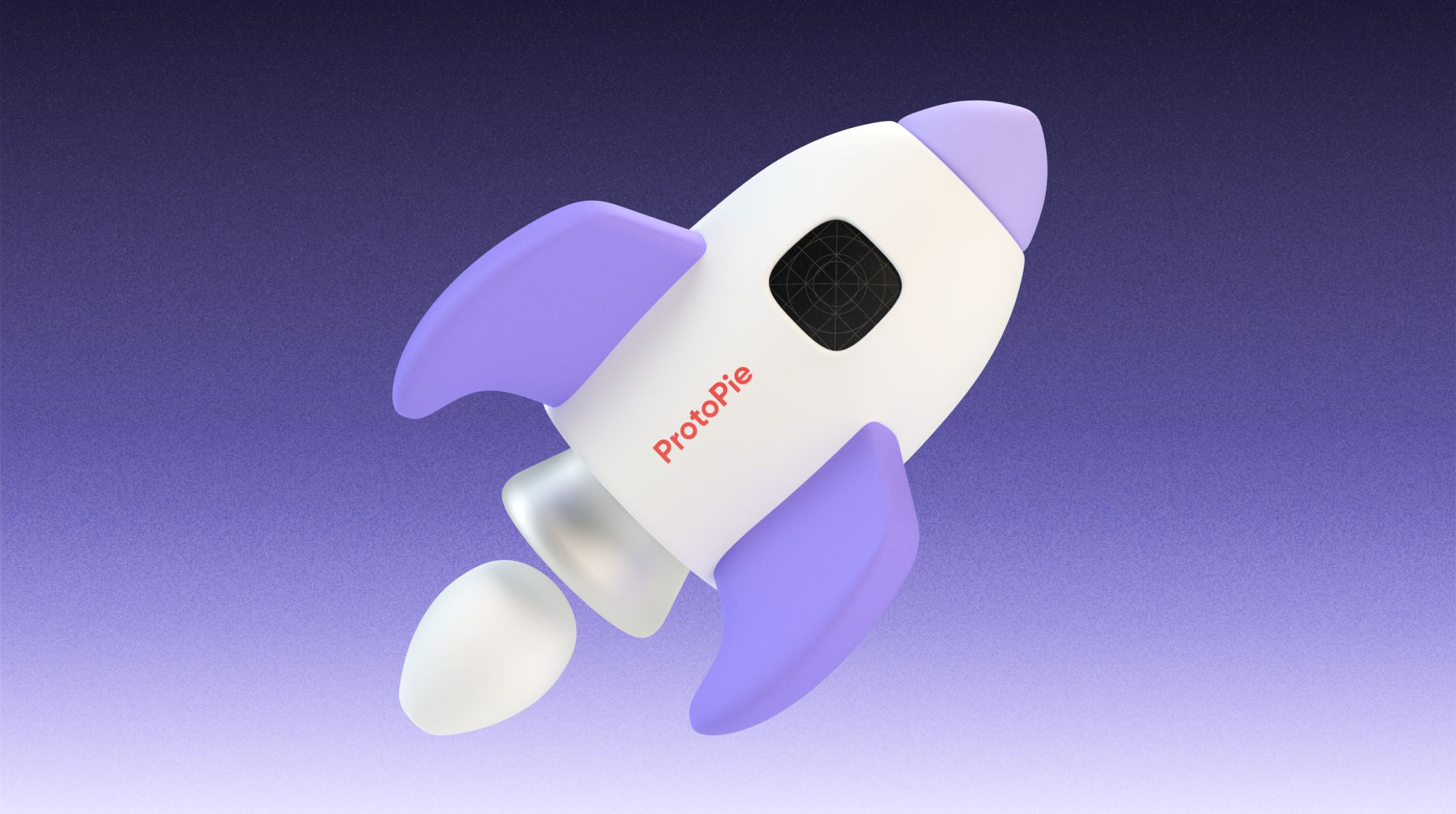
Consider the moonshot.
Remember when Google Glasses were the next big thing? At the time, it was revolutionary technology—people were certain that Google Glasses would change the status quo.
You know the rest of the story. Google Glasses were a cataclysmic failure. Consumers weren’t ready to wear cameras on their faces all day.
High-risk, high-reward failure comes with a heavy price tag. According to Startup Talkie, this particular failure cost Google a whopping $895 million. There’s a lesson to be learned here: companies can’t afford to make mistakes with every moonshot.
The future of prototyping
Of course, Google Glasses were riding the crest of a trending wave. Right now, the biggest, most influential tech companies are investing heavily in the world of virtual and augmented reality. Every financial quarter, Meta is investing billions of dollars into hardware for the Metaverse. Apple released Car Play, and more recently, Apple Watch Ultra.
Moreover, Apple will soon release an AR/VR headset. Undeterred by the failure of Google Glasses, Google continues to dabble in the magic of VR.
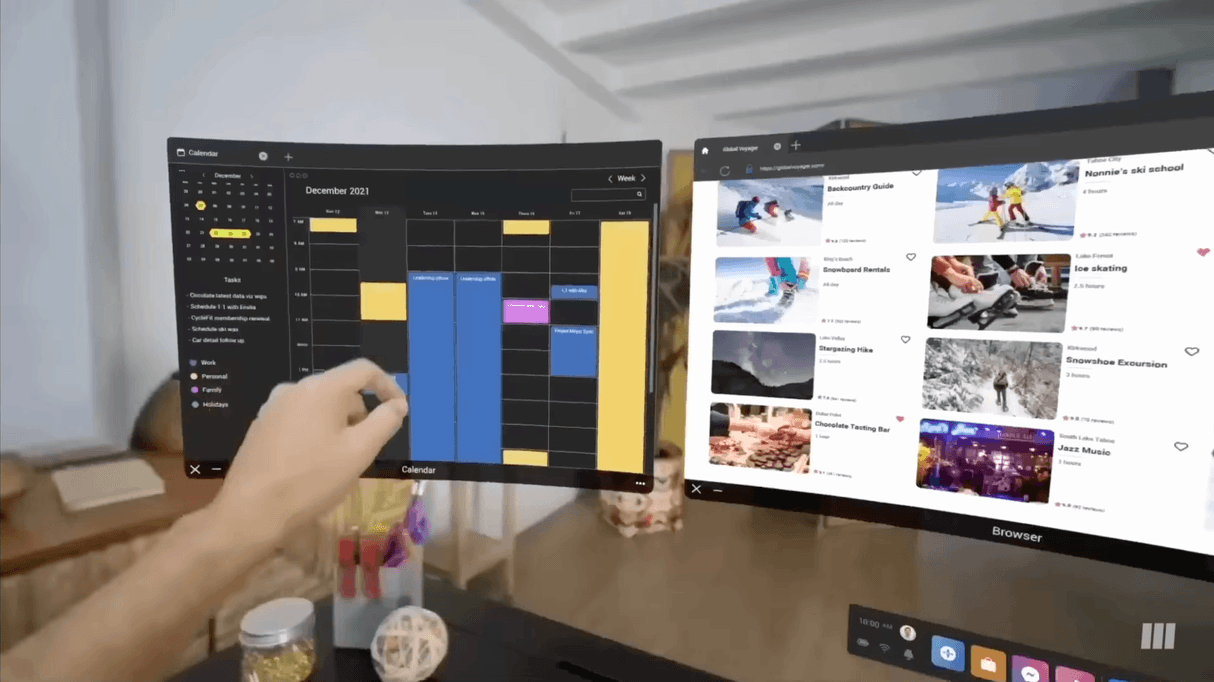
Immersive and dynamic user experiences are at our fingertips. The result?
The horizon of UI/UX design is transcending the usual mobile and desktop interface. As Mark Zuckerberg aptly put it, virtual and augmented reality can do what phones and desktops just can’t do: “make people feel present with each other”.
The statistics speak for themselves. Over the last 4 years, there’s been a huge growth in wearables. Particularly, smartwatches. According to Statista, the units of smartwatches increased by 100% between 2018 and 2022.
Clearly, virtual and augmented reality are changing the UX/UI design landscape.
How ProtoPie de-risks every moonshot
The tools are changing too. Tools like ProtoPie allow designers to speed up the product development cycle. Instead of building a whole product from scratch before testing it on users, designers can prototype high-fidelity products and test the look and feel of these products before investing millions of dollars into their development.
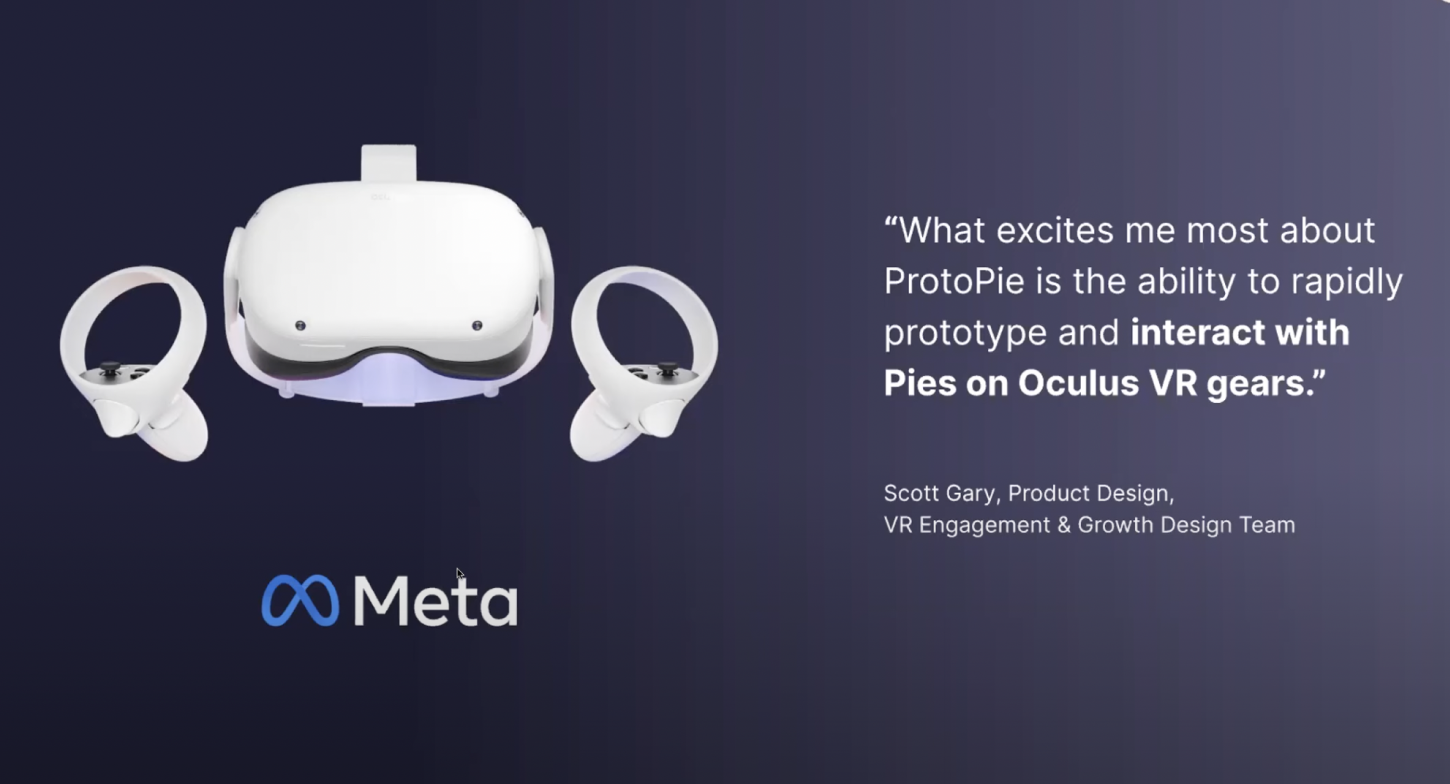
Take Tiles—a brilliant project by Dutch designer Kay van den Aker. In 2022, he resolved to solve the problem of the modern music listening experience.
Music is just a click away. There’s no sonic feedback. No haptic feedback. And the visual feedback is flat.
Using ProtoPie, he prototyped a device that allows users to physically interact with the album artwork, move music by touch from the collection to the player, and read information about the music itself. In stark contrast to music streaming apps, Tiles “provokes a careful selection of music” along with elegant interaction.

More to the point, Kay didn’t have to spend thousands, albeit millions of dollars to prove a concept as a viable product—he simply created a prototype. He combined it with a physical frame to explore its capacity for interactivity.
Why designers need ProtoPie
It’s no wonder that ProtoPie is already the backbone of high-fidelity prototyping at Google, BMW, Microsoft, GoPro and Spotify.
The Google Maps team use ProtoPie for usability testing in the field. Spotify designers use ProtoPie for core experiences and search personalization.
BMW has been using ProtoPie to prototype the driver of the future’s experiences, encompassing multiple displays, hardware and voice interactions.
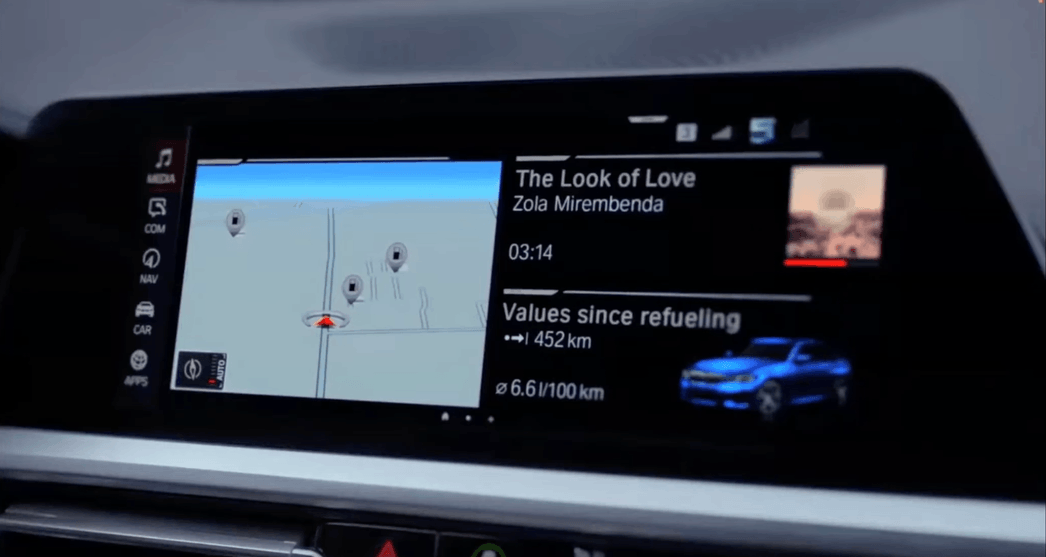
When in doubt, look at the trend. Connected devices are becoming the norm now. As a result, designers will have to pay close attention to how users interact with the same product across different platforms and devices. As cross-device interactions continue to play a bigger role in the future—especially with the rise in 3D, AR and VR—the demands of prototyping will get harder and more complex. The tools we use must adjust to fulfill those demands in product design.
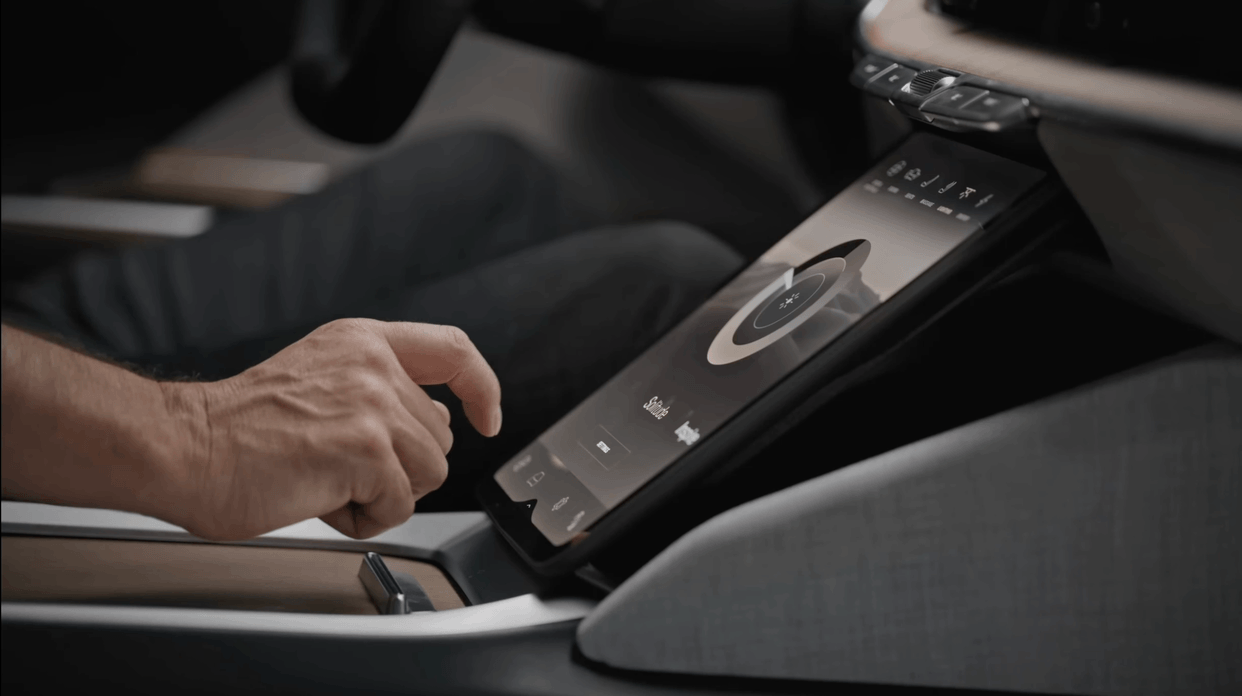
A heavy price tag once weighed down every moonshot. But high-fidelity prototyping tools like ProtoPie have changed everything. Gone are the days of investing heavily into a moonshot before it’s even been labelled user-friendly.
High-fidelity prototyping has made it possible!
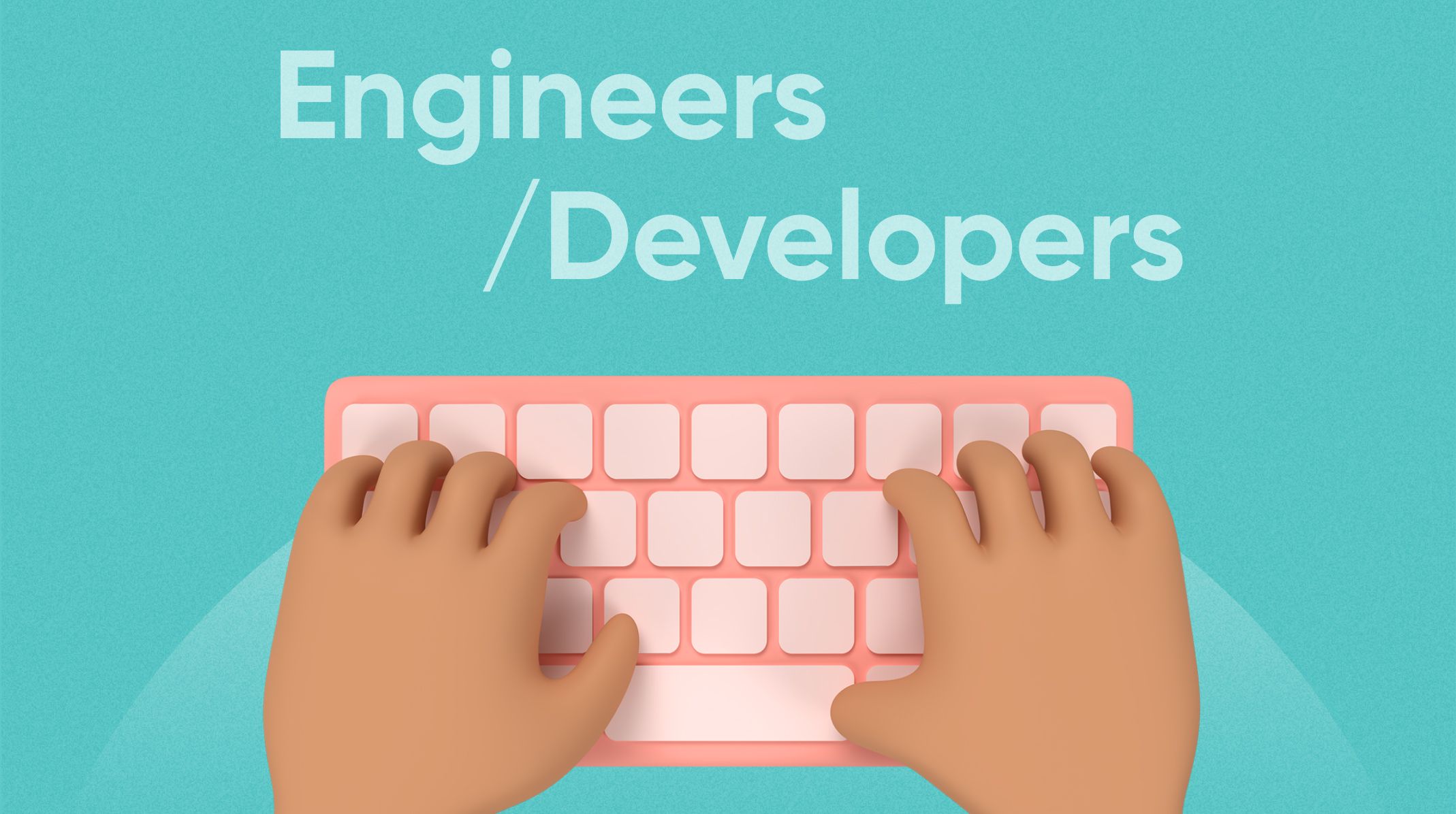
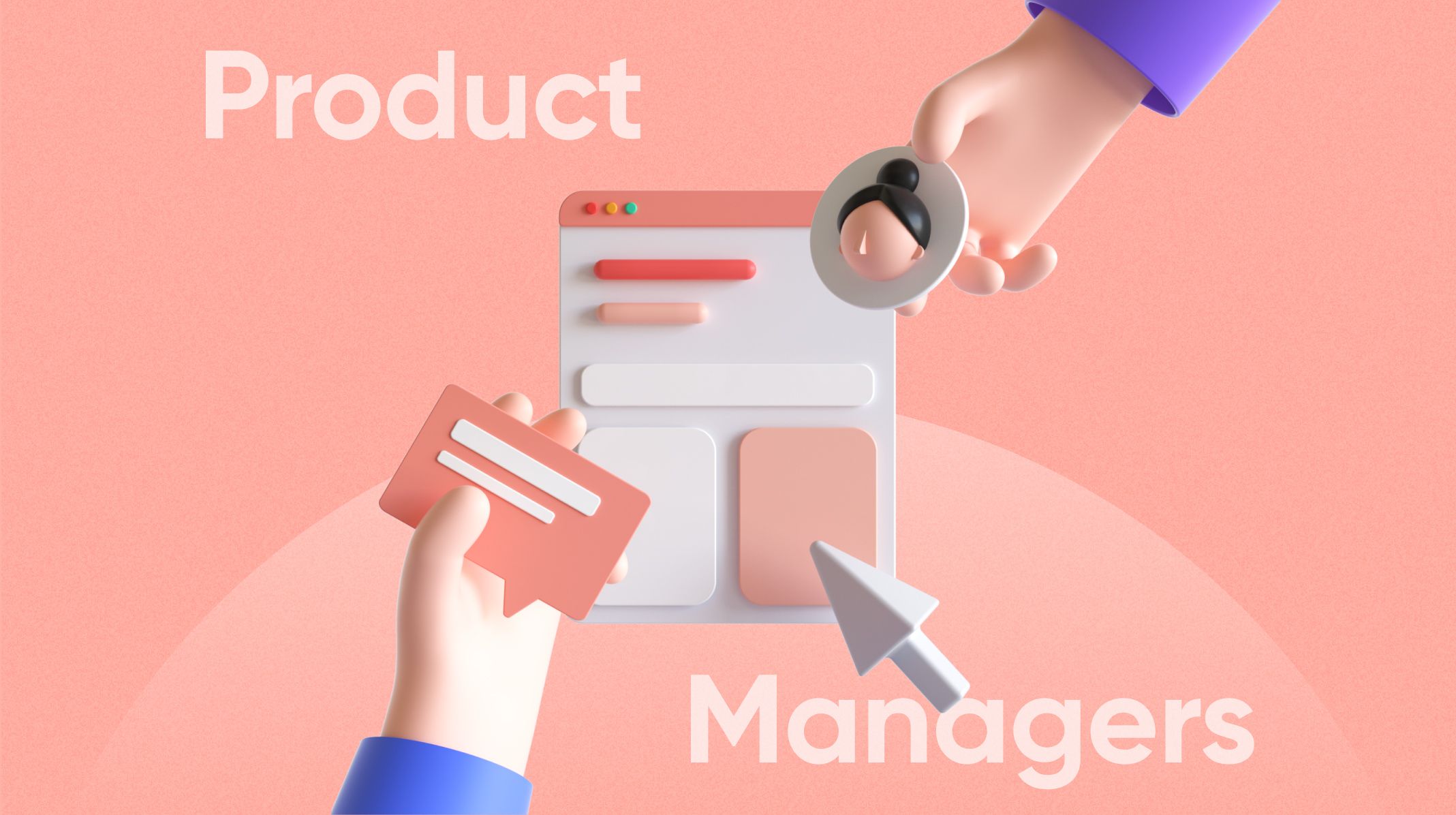
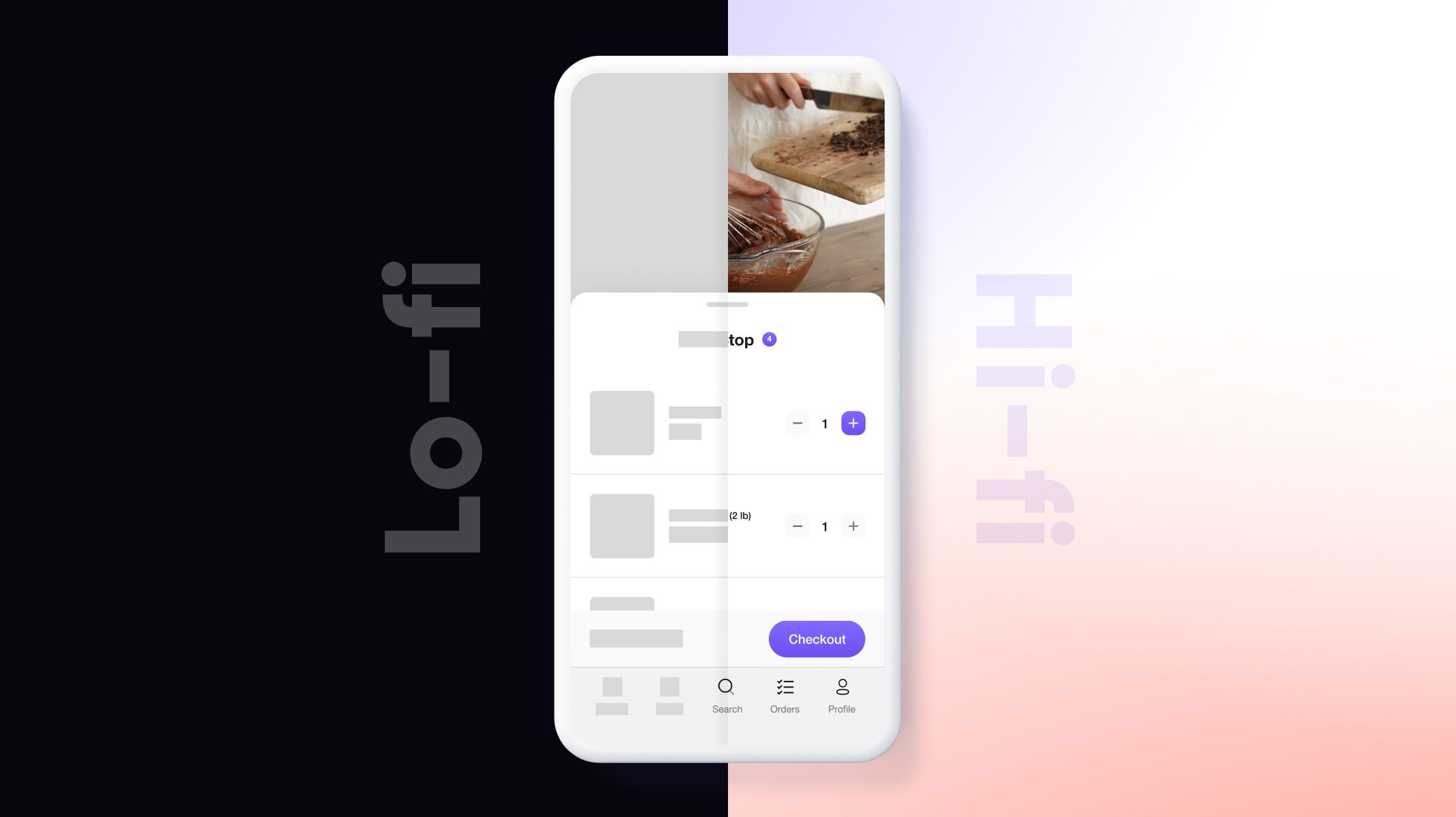.jpg)